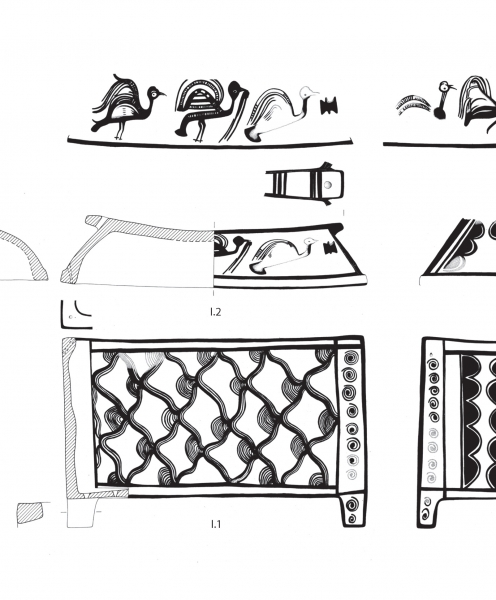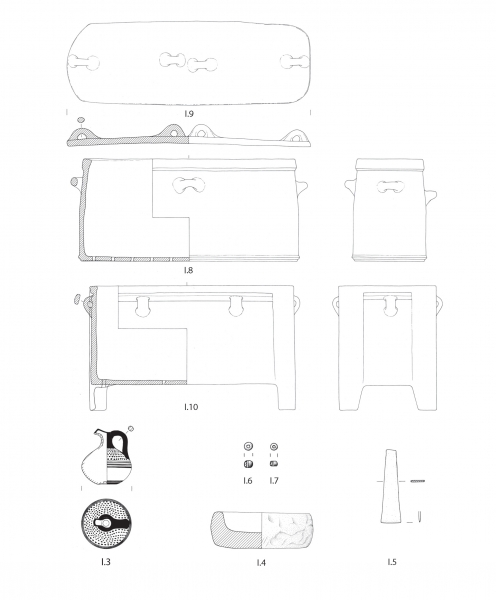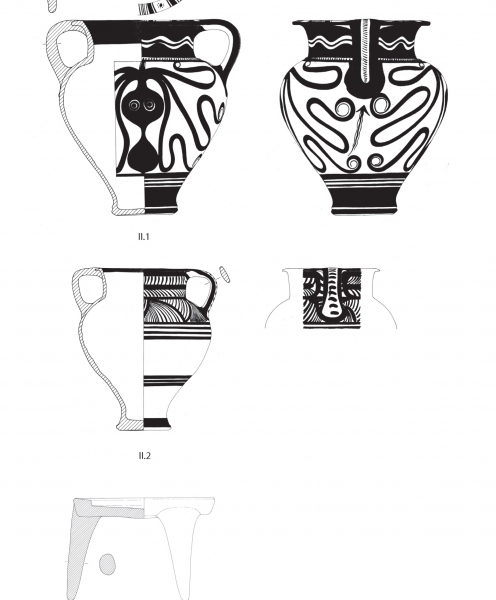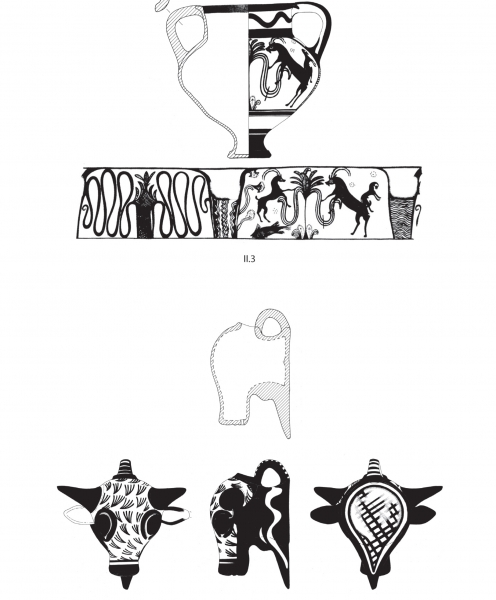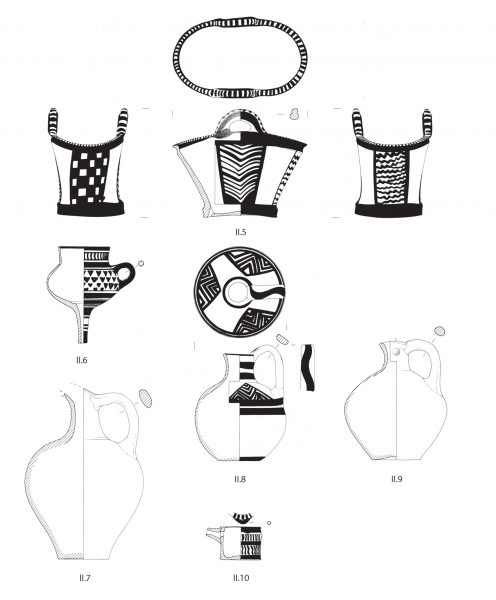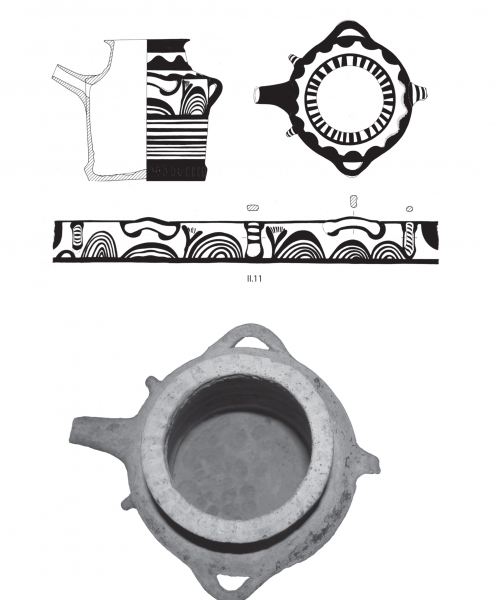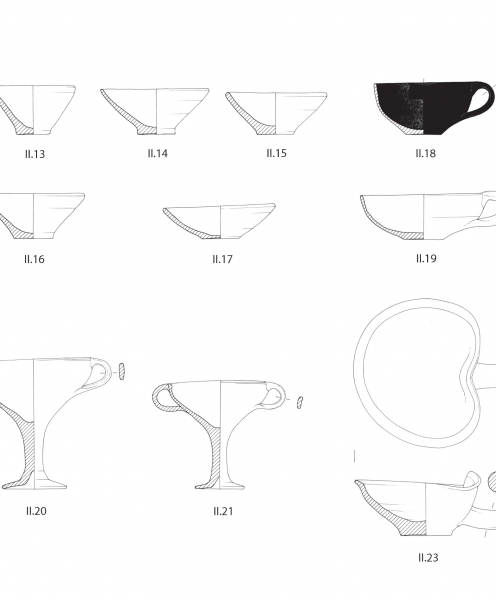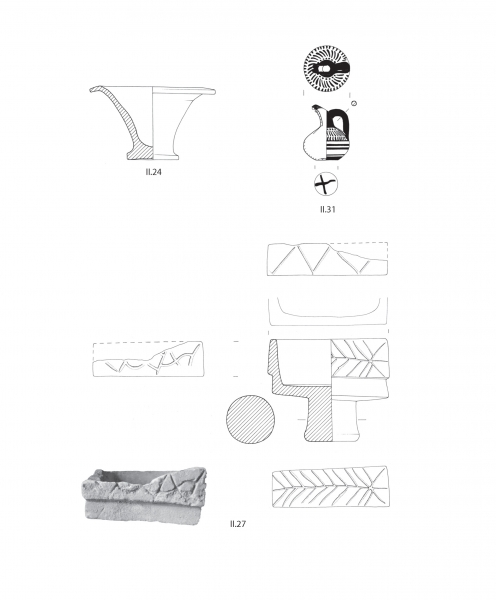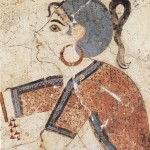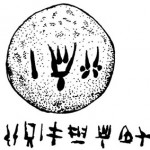Funerary Behaviour and Social Identities in LM III Crete: the Evidence from the Chamber Tombs at Ligortyno
Anna Lucia D’Agata
Known since the late 19th century, the two chamber tombs at Ligortyno in the eastern Mesara rapidly entered the archaeological literature thanks to the extraordinary quality and excellent state of conservation of the ceramic materials found inside them. Yet the archaeological evidence from Ligortyno has never been studied as a group, much less with a view to investigating the mortuary data as a source useful for improving our understanding of the social world of the people buried in the two tombs. This article aims to fill this gap, first of all through a formal and contextual analysis of the tombs and the material collected inside them. These results will then be used to reconstruct the rites performed on the occasion of their burials, and to shed light on the way in which the funerary domain was employed to enhance the social realities of family groups living in south-central Crete in the 14th and 13th centuries BC.
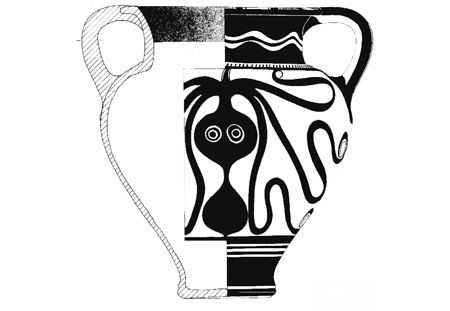
D’Agata A.L. 2015, Funerary Behaviour and Social Identities in LM III Crete: the Evidence from the Chamber Tombs at Ligortyno, SMEA NS 1, 57-103

